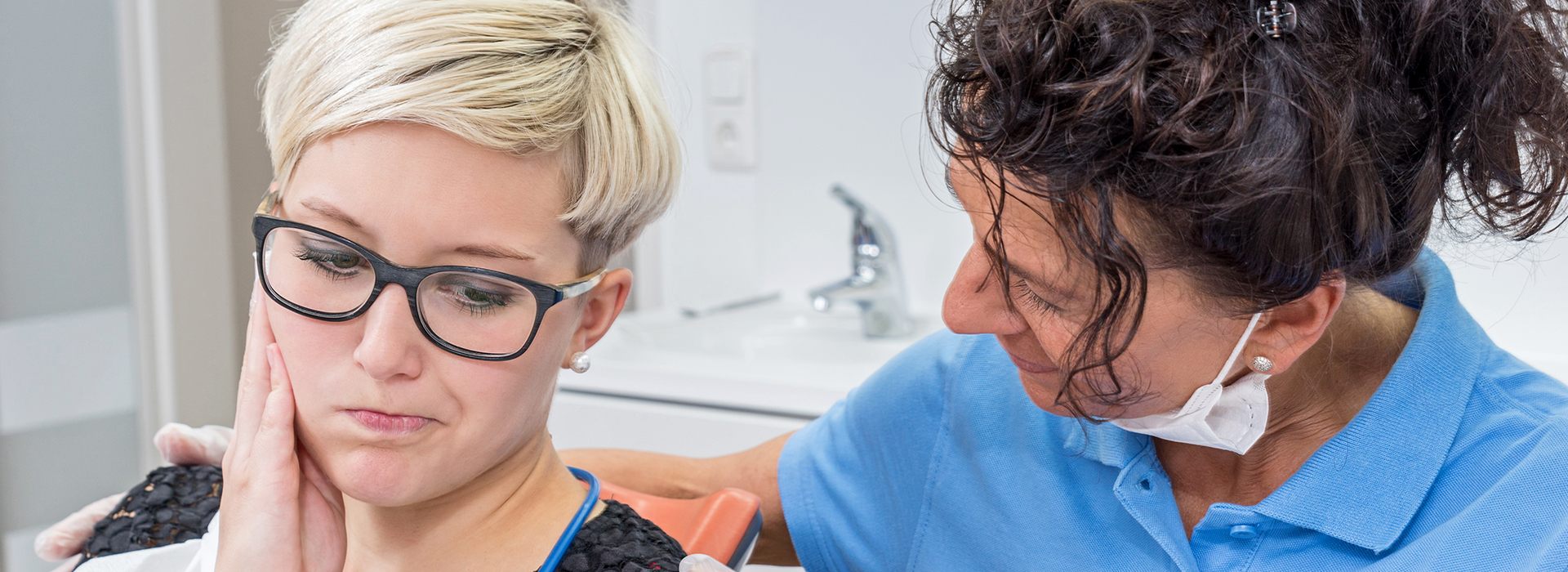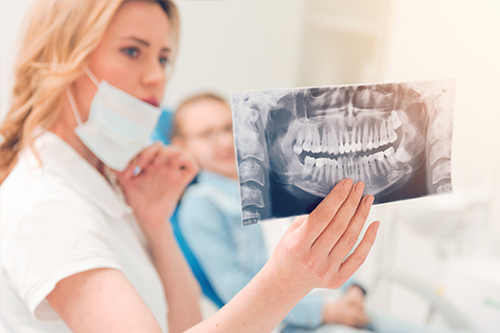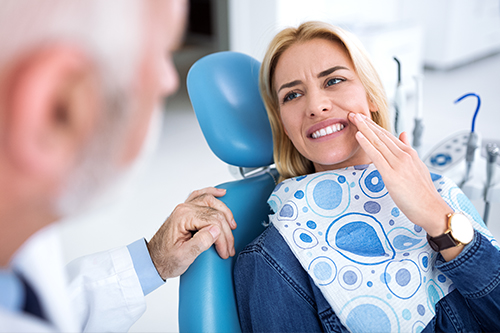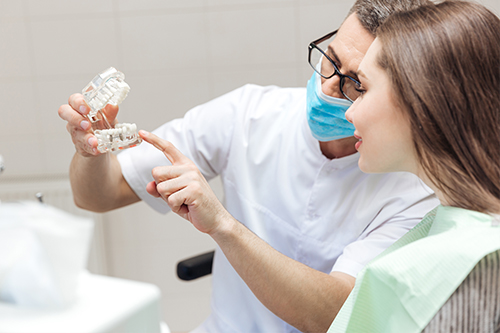Immediate Steps to Take When a Dental Emergency Occurs
When a sudden dental problem disrupts your day, quick, calm action can make a meaningful difference. First, assess the situation: if there is uncontrolled bleeding, significant swelling, trouble breathing, or an injury to the face or jaw, seek urgent medical attention right away. For most dental-specific issues — intense tooth pain, a fractured tooth, or a lost crown — prompt dental care reduces the chance of long-term damage and improves the odds of saving the natural tooth.
While you arrange to see a dentist, there are practical measures patients can take at home to manage pain and protect oral tissues. Rinsing gently with warm salt water helps reduce bacteria and soothes inflamed areas. Over-the-counter pain relievers and a cold compress applied to the cheek can reduce swelling and discomfort; always follow label directions and check with a clinician if you have medical conditions or medication interactions.
If a tooth has been knocked out, time is of the essence. Locate the tooth by the crown (avoid touching the root), rinse it briefly with saline or clean water if it’s dirty, and attempt to reinsert it into the socket only if you feel comfortable doing so. Otherwise, keep the tooth moist in milk or saliva and bring it with you to the appointment — rapid professional intervention gives the best chance for re-implantation.
Types of Urgent Dental Problems We See
Dental emergencies come in many forms, from sudden infections to traumatic injuries. Our team regularly treats painful conditions that demand attention, including severe toothaches that can signal deep decay or an infected nerve, fractured or chipped teeth from accidents, and painful or swollen soft tissues. Prompt evaluation helps distinguish problems that require immediate intervention from those that can be scheduled for the next available visit.
Other urgent concerns include compromised restorations — such as a broken filling or a dislodged crown — and issues with prosthetics like loose or ill-fitting dentures. Wisdom teeth that erupt improperly or become trapped can produce intense pain and swelling, and oral infections or abscesses require timely treatment to prevent spread. In all these situations, early diagnosis minimizes complications and preserves oral health.
We also evaluate unexpected signs that may appear less dramatic but still warrant attention: persistent bleeding gums, suspicious lumps or lesions on the soft tissues of the mouth, sudden tooth mobility, and unexplained oral swelling. If you notice any of these symptoms, contact our office for guidance — some conditions progress rapidly and are best managed without delay.
- Severe toothaches or sharp, persistent pain
- Chipped, cracked, or fractured teeth
- Lost or loose crowns and fillings
- Knocked-out (avulsed) teeth
- Abscesses and localized infections
- Problematic wisdom teeth
- Broken, ill-fitting, or lost dentures
- Swelling, bleeding, or unexplained oral lesions
How We Diagnose and Stabilize Urgent Cases
On arrival, our priority is to evaluate the cause and severity of your condition. We begin with a careful clinical exam and a focused medical history to identify risk factors that influence treatment choices. Diagnostic tools such as digital X-rays and intraoral cameras provide clear, magnified views of teeth and supporting structures, helping us pinpoint fractures, infections, and bone involvement quickly and accurately.
Stabilization is the next step: controlling pain, reducing infection or swelling, and protecting damaged structures. Depending on the situation, this may include prescribing antibiotics for infections, performing temporary restorations to shield exposed tooth structure, or using splints to stabilize mobile teeth after trauma. These measures are designed to relieve symptoms and create a safe foundation for definitive treatment.
We also prioritize patient comfort and clear communication during urgent visits. Before any procedure, we explain findings and proposed next steps in plain language so you understand the rationale and what to expect. If a condition requires referral to a specialist — for example, advanced oral surgery or hospital-based care — we’ll coordinate that referral and provide detailed documentation to support continuity of care.
Conservative Treatments to Preserve Natural Teeth
Saving a natural tooth is often the primary goal when possible. For chips and small fractures, minimally invasive options like dental bonding can restore form and function with a conservative approach. When decay or a larger structural loss is present, a new filling or an onlay/crown may be recommended to rebuild the tooth and prevent further breakdown.
If the tooth’s nerve is infected, modern root canal therapy is a highly effective way to halt infection and preserve the tooth. With advanced techniques and reliable anesthesia, patients often report relief from pain shortly after the procedure. In situations where a tooth cannot be saved despite best efforts, extraction may be necessary; we take every step to make extractions as comfortable as possible and to discuss replacement options when appropriate.
Replacing missing teeth is an important part of restoring oral health and function. Long-term solutions — including dental implants, fixed bridges, and removable partial or full dentures — are available to reconstruct chewing ability and maintain facial support. We’ll outline the treatment choices that best match your medical history, oral condition, and personal goals while explaining the sequence of care so you can make an informed decision.
Comfort, Aftercare, and Preventing Future Emergencies
Effective emergency care extends beyond the immediate visit. We provide clear aftercare instructions to promote healing and reduce the risk of complications: how to manage pain, recognize signs of infection, and protect a temporary restoration or splint. Follow-up appointments allow us to complete definitive treatment, monitor healing, and address any lingering concerns.
Education and prevention are central to reducing future urgent visits. Routine examinations and preventive care catch developing problems early, and we’ll recommend practical steps — from mouthguards for sports to timely restorations for cracked teeth — that lower your risk of injury and infection. Our goal is to help patients maintain stable oral health and prevent avoidable emergencies whenever possible.
The office of Keith A. Kye, DDS, FAGD brings more than two decades of experience to emergency dental care, combining contemporary technology with a patient-centered approach. Whether the need is sudden trauma or an unexpected infection, our team is equipped to respond with calm, competent care that focuses on preserving health and relieving discomfort.
In summary, dental emergencies require timely, practical action and informed professional care. If you or a family member experiences an urgent oral health issue, please contact us for more information about how we can help and what to do next.






